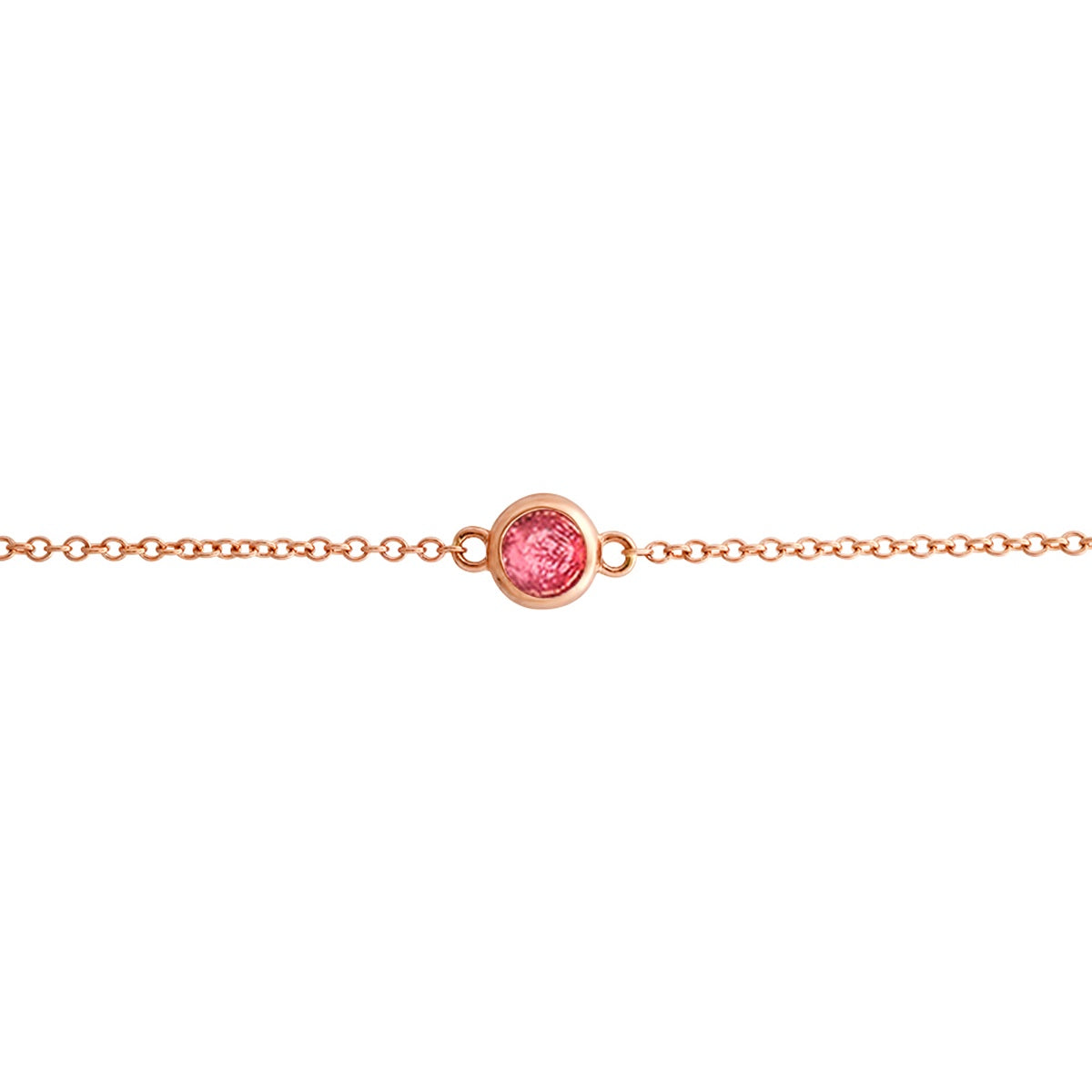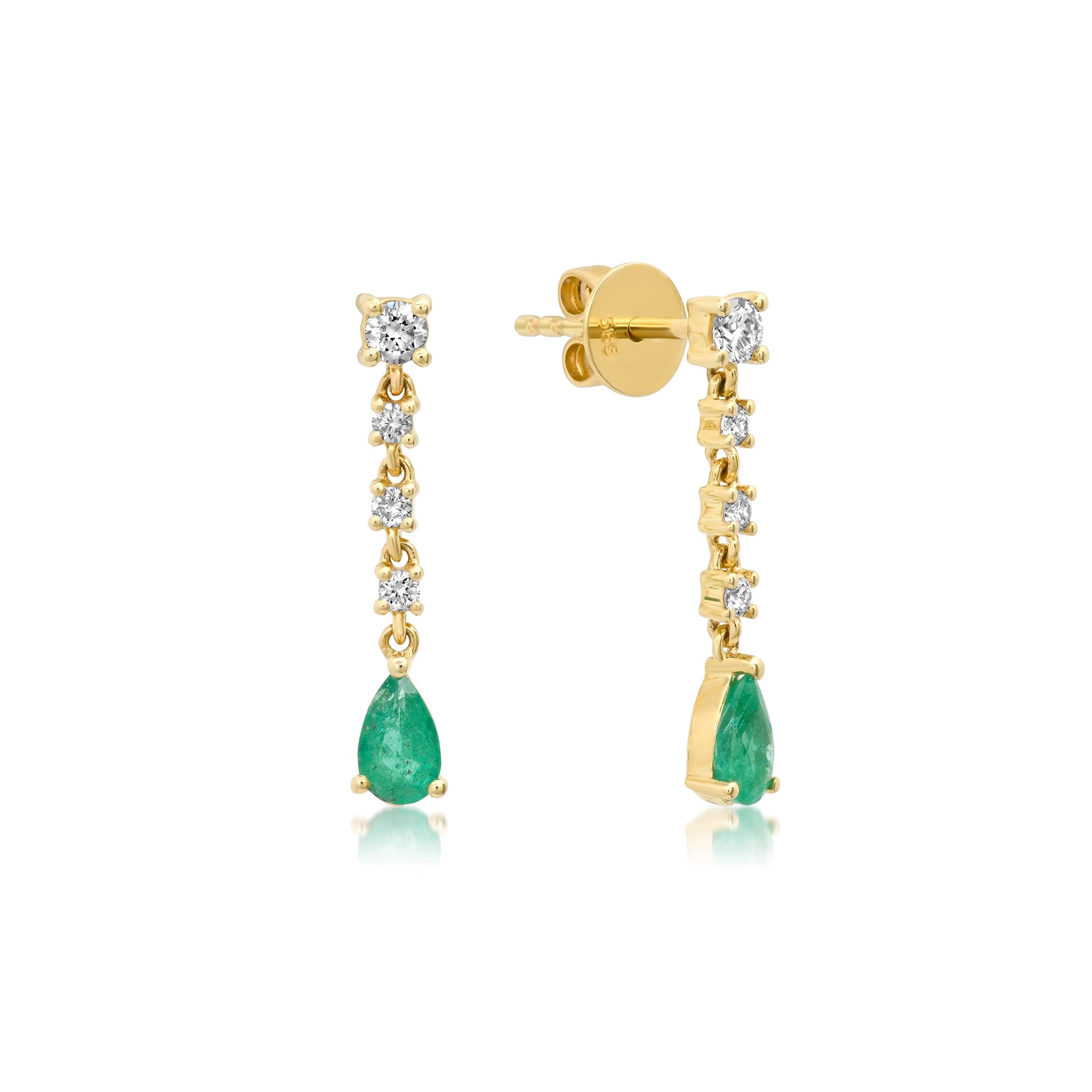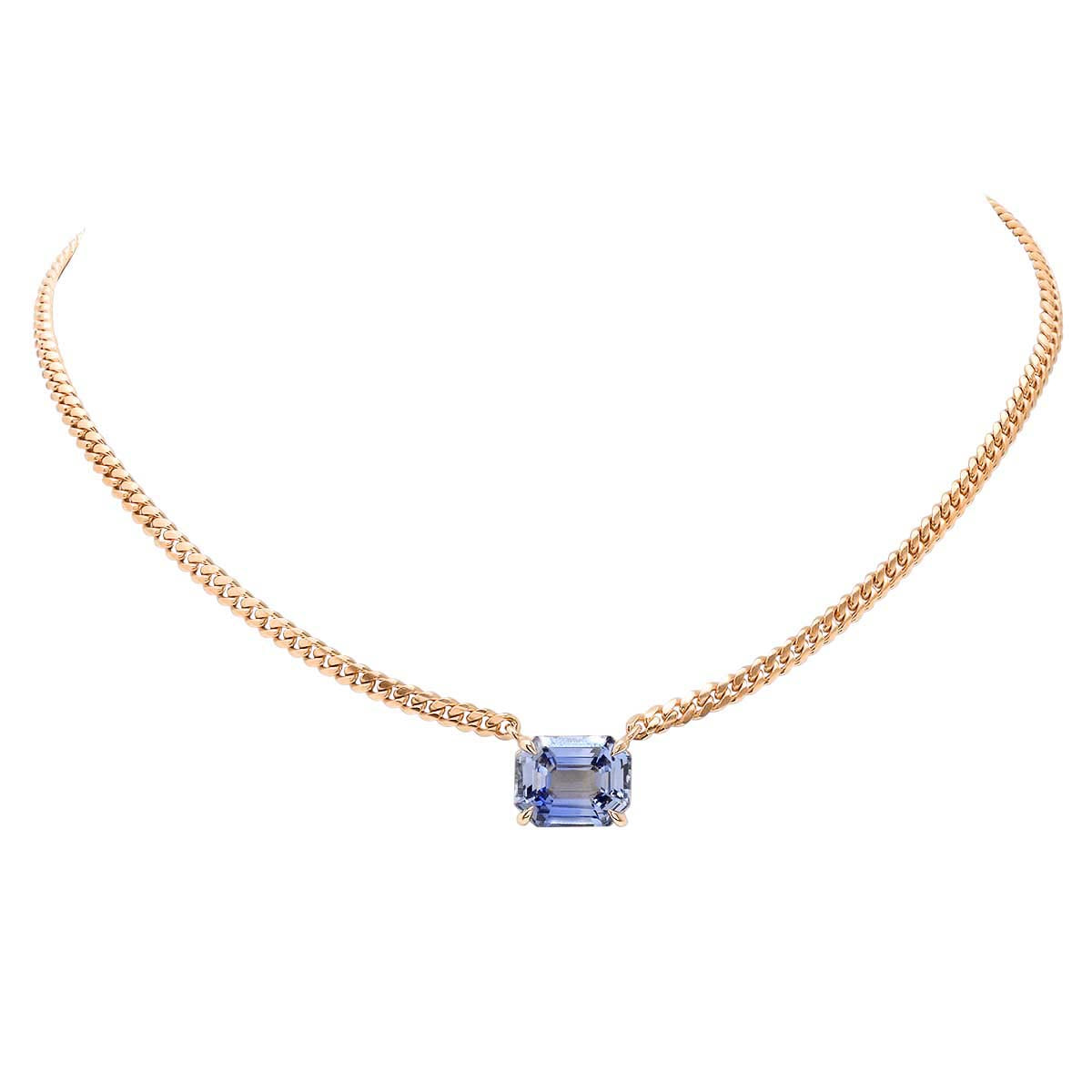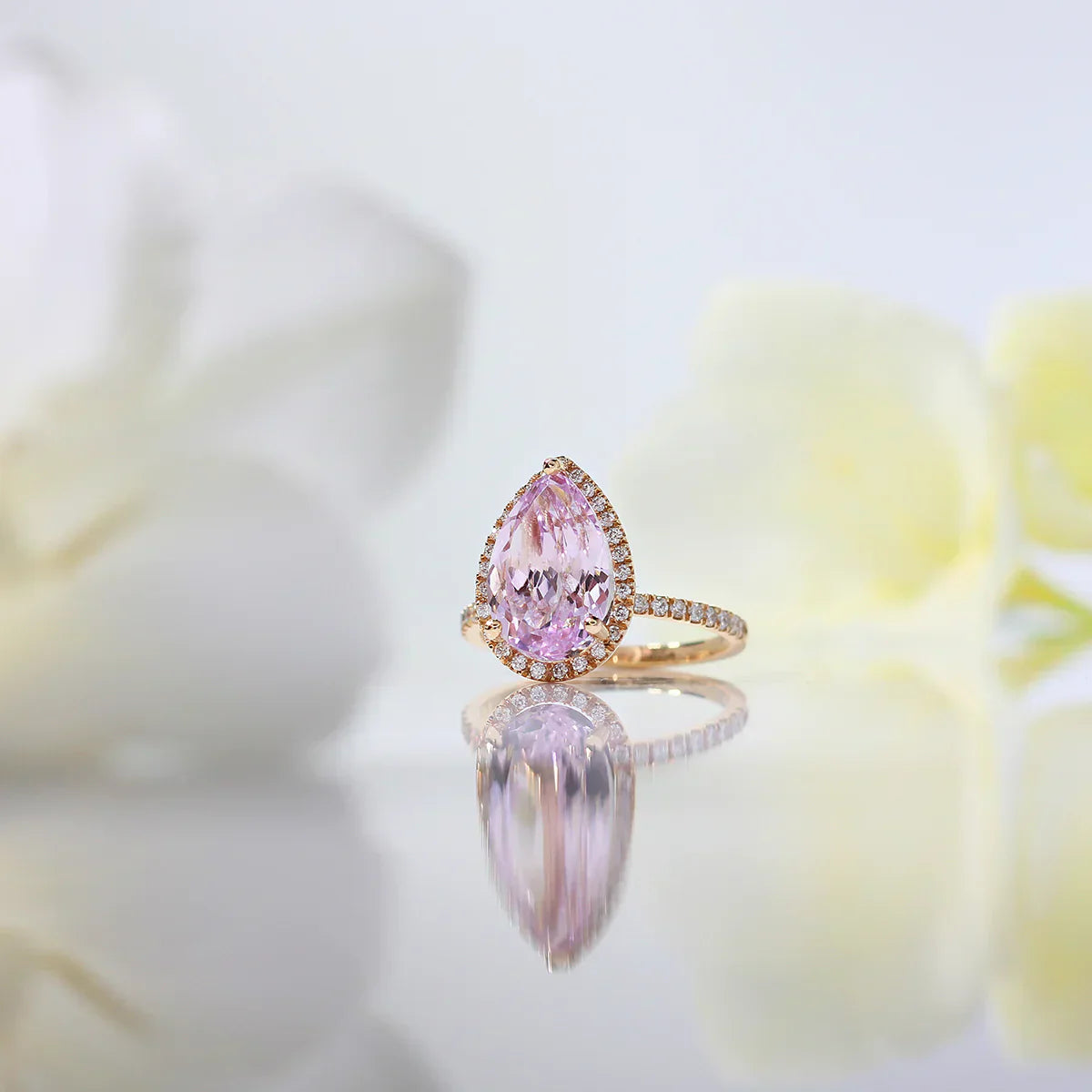Introduction
From ancient civilizations to modern runways, jewelry has always carried meaning beyond appearance. People wear rings, necklaces, and gemstones not only to look elegant but also to feel confident, connected, and valued. The psychology of jewelry explains why humans treasure it so deeply. Jewelry functions as a mirror of identity, a marker of tradition, and a source of emotional strength.
This blog explores the psychology behind jewelry choices, the science of why the brain craves sparkle, and the emotional connections that make fine jewelry timeless.
Jewelry as an Emotional Anchor
Jewelry is not just a material object. Instead, it acts as an emotional anchor that ties people to memories, milestones, and personal values.
For example, an engagement ring is not only a diamond set in metal. It symbolizes eternal love, loyalty, and commitment. Likewise, a family heirloom bracelet preserves tradition, carrying history from one generation to the next. Wearing such pieces reassures the mind and strengthens bonds that words alone cannot express.
Moreover, the emotional benefits of wearing jewelry include a boost in confidence and personal empowerment. Many people describe feeling more complete when they wear a favorite gemstone ring or necklace. Therefore, jewelry is not only about style but also about psychological comfort.
In addition, jewelry is used to mark milestones and achievements. Anniversaries, birthdays, and cultural celebrations often include jewelry gifts that reinforce emotional connection. Because of this, jewelry becomes an essential part of storytelling within families and communities.
Why the Brain Craves Sparkle
There is a scientific explanation for why humans are attracted to shine. Neuroscience shows that sparkling gemstones and reflective surfaces activate the brain’s reward system, releasing dopamine. This biological reaction creates joy, which explains why people are naturally drawn to diamonds, gemstones, and engagement rings.
Furthermore, each gemstone carries psychological associations that enhance its appeal. For example:
-
Diamonds: strength, clarity, and success.
-
Morganite: romance, healing, and emotional warmth.
-
Aquamarine: calmness, clarity, and serenity.
-
Golden beryl: positivity, energy, and joy.
Therefore, the psychology behind jewelry choices is both emotional and biological. Consumers are influenced not only by culture but also by how the brain reacts to light, sparkle, and symbolic meaning.
Jewelry as a Reflection of Personality
Jewelry communicates personality traits without words. A minimalist gold band often reflects elegance and subtle confidence. On the other hand, a bold gemstone statement ring suggests creativity and ambition.
In addition, jewelry symbolism adapts across cultures. Pearls may represent purity in one tradition and wisdom in another. This proves that the meaning of jewelry changes with context yet always carries significance.
Moreover, jewelry plays a role in social identity. A luxury watch, designer necklace, or custom ring can signal ambition and lifestyle. For many people, jewelry is not only self-expression but also a way to project success and belonging.
As a result, jewelry acts as a personal biography. The choices individuals make reveal values, aspirations, and even emotional needs.
Consumer Psychology and Brand Loyalty
The consumer psychology of jewelry reveals why people spend on luxury. Buyers rarely invest only for materials; instead, they purchase meaning, stories, and craftsmanship.
For instance, a brand that tells the story of a sustainably sourced gemstone appeals to consumers’ values. Likewise, emphasizing craftsmanship and heritage creates trust. Shoppers want to know their jewelry has emotional weight, not just sparkle.
Therefore, brands that focus on jewelry symbolism, emotional connection, and gemstone psychology develop stronger loyalty. They understand that buyers are investing in identity, memory, and culture as much as they are investing in design.
In fact, surveys show that jewelry buyers often choose pieces that align with personal beliefs or family tradition. This highlights that the psychology of jewelry is a marketing advantage as well as a cultural truth.
Key Insights
Through this analysis, several insights stand out:
-
Jewelry works as an emotional anchor that connects people to memory and tradition.
-
Sparkle activates the brain’s reward system, explaining the universal love of shine.
-
Gemstone psychology shapes consumer choices through emotional symbolism.
-
Jewelry reflects personality and identity, serving as a non-verbal language.
-
Consumers value craftsmanship, heritage, and stories, not just material.
Conclusion
The psychology of jewelry reveals why people treasure rings, necklaces, and gemstones across cultures and generations. Jewelry is not just decoration. It is emotion, identity, and tradition expressed in a physical form.
For consumers, jewelry enhances confidence, creates emotional connection, and marks life’s most important milestones. For brands, understanding the psychology of jewelry unlocks deeper loyalty and long-term trust.
Ultimately, jewelry will always hold value because it carries the stories that define who we are. Whether it is a sparkling diamond, a romantic morganite, or a sunny golden beryl, jewelry remains a timeless reflection of the human heart.









